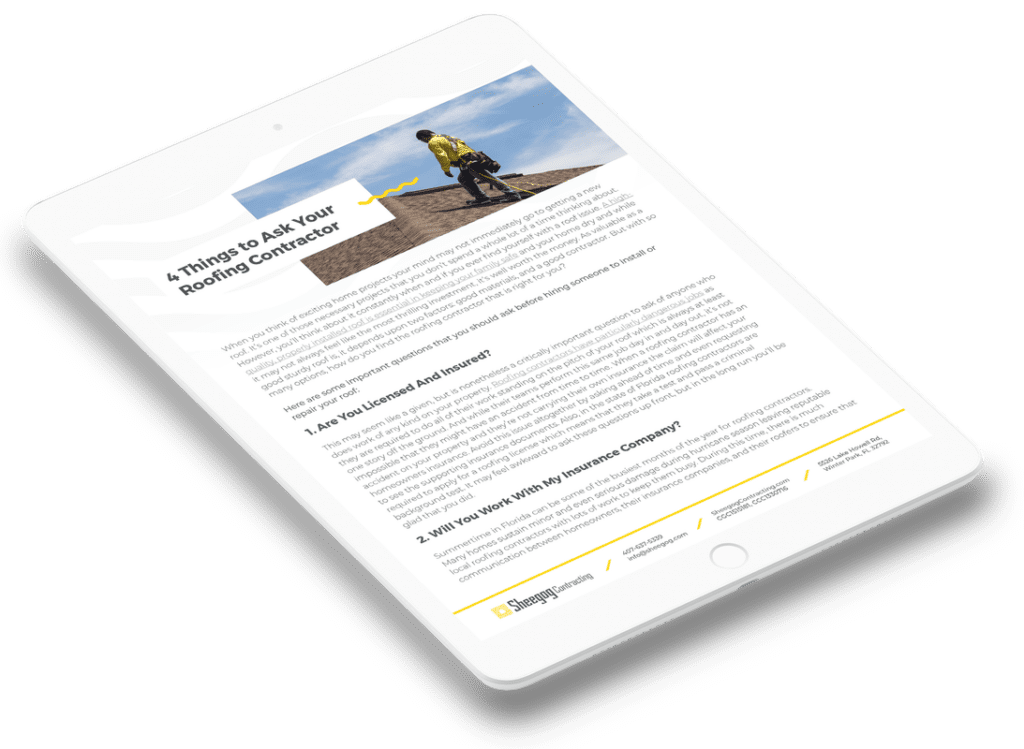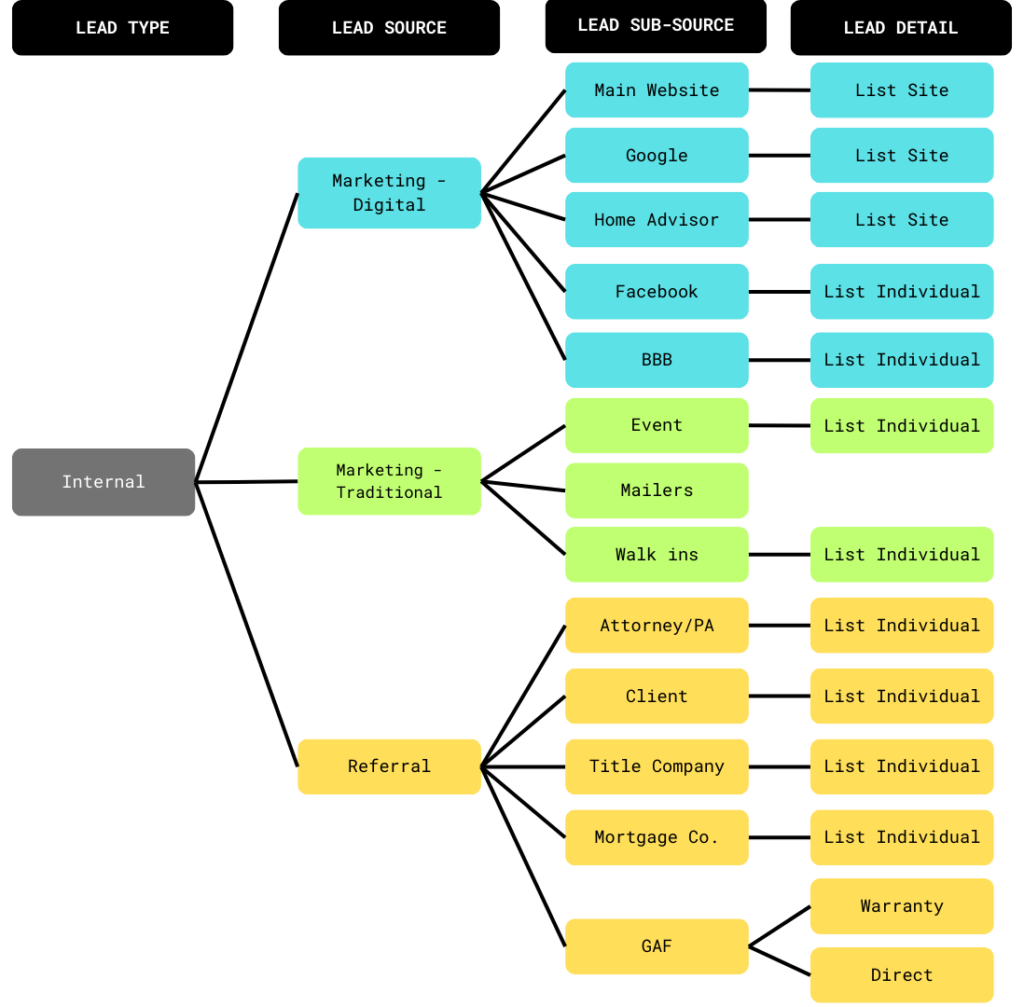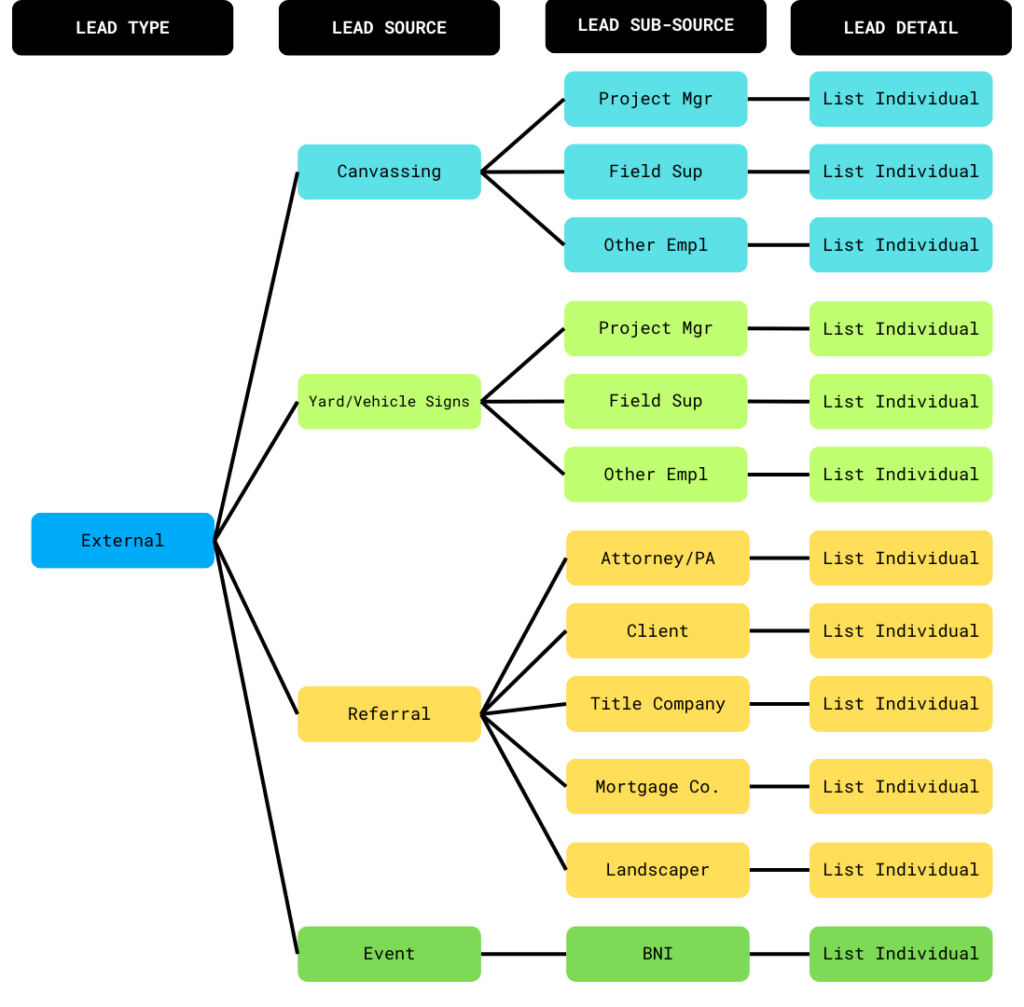Atlantic hurricane season is a tense time in Florida. Although the season itself hasn’t changed – it still runs from June 1 through November 30 – it can be unpredictable. Recent years have seen named storms both earlier and later than average. And as we all know, any hurricane season can turn out to be a serious one.
With that in mind, it’s important to know what to expect from your roof.
Recently, insurance companies have been looking high and low for reasons to drop policies. The age of your roof is #1 on the list. Many insurers will now drop homes if the roof is 10 years old or more. But there’s a lot more to your level of storm damage risk than the age of your roof.
The composition of your roof is another important issue. Standard shingle roofs can be repaired quickly by an expert storm damage roofer in Central Florida, but water may penetrate the underlayment or even structural timber. Residential metal roofing repels rain. Clay tile roofs are highly resistant to wind uplift.
What Might Happen to Your Florida Roof in a Hurricane?
There’s no single answer to the big question – “Will my roof survive a hurricane?”
Even a brand new roof won’t stand up to a direct hit from a Category 5 storm, for example.
And if officials advise you to evacuate, it’s important to listen. Especially here in Central Florida, there are only so many major roads that can lead you to safety. If everyone delays, everyone hits the road at the same time.
Luckily, hurricane season doesn’t have to come down to luck of the draw for Florida homeowners. By keeping an eye on the weather report and knowing a bit about your roof, you can make informed inferences about how your home might cope with a given storm. It starts by knowing what category of storm you’re dealing with.
Hurricanes are broken down into five categories based on their maximum sustained winds. As they pass warm water over the Atlantic, they intensify. Once they begin to pass over land, they diminish. A storm can change its category multiple times before it makes landfall, so always watch for the latest news.
Let’s look at the possibilities based on each hurricane category:
Tropical Depressions and Storms
These storms have sustained winds under 74 miles per hour. Florida building codes mean any modern roof will easily stand up to this kind of storm in Florida if the roof itself has received proper maintenance. Since 1992’s Hurricane Andrew, Florida has had some of the strictest building codes in the United States. However, these and the next two categories of hurricanes often wield the most significant damage to homes as the result of heavy rainfall and flooding.
Category 1 Hurricane
A Category 1 hurricane has sustained winds between 74 and 95 miles per hour. Nearly every Floridian has seen a storm like this, but it’s important not to be complacent about this kind of hurricane. Tree branches, power lines, and gutters are vulnerable. Outdoor furniture and other items should be stored inside.
Category 2 Hurricane
A Category 2 hurricane has sustained winds between 96 and 110 miles per hour. A more serious storm will tend to maintain Category 2 for a while as it peters out over land. Even well-constructed frame homes are vulnerable to roof and siding damage in this storm. Trees with shallow roots may be uprooted.
Category 3 Hurricane
These hurricanes have sustained winds of 111 to 129 miles per hour. Categories 3, 4, and 5 are considered major hurricanes; expect power outages that last for several days. Roof decking and gable ends are vulnerable, even when a roof is in sound condition. Trees will be snapped or uprooted and utilities may be out for weeks.
Category 4 Hurricane
A Category 4 hurricane has sustained winds of 130 to 156 miles per hour. Florida homes can suffer loss of the roof structure and some exterior walls. Storms like these are the reason we have the “25% Rule” in Florida: When 25% or more of the roof is damaged in a storm, it needs to be completely replaced.
Category 5 Hurricane
A hurricane with sustained winds of 157 miles per hour or more is considered catastrophic. Total roof failure and collapse are likely for any home that sustains a direct hit from a storm of this kind.
By getting periodic roof maintenance from a Central Florida roofer you trust, you can give your roof the best chance of coming through a hurricane unscathed. When roof maintenance is done before the season starts, you’ll have plenty of time to get roof repair or roof replacement before it’s too late.
For expert roofing help, contact Sheegog Contracting.






